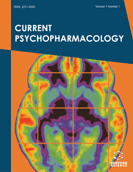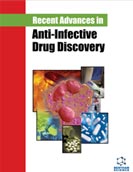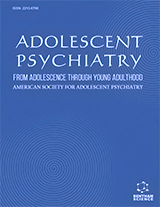Abstract
β-thalassemia is a genetic disorder resulting from defects in the β-globin gene. Patients having a compatible human leukocyte antigen (HLA) matched donor can be cured by transplantation of allogeneic hematopoietic stem cells (HSCs). However, some recipients have a high risk of morbidity/mortality due to graft versus host disease (GVHD) or graft rejection. Importantly, most patients do not have such HLA matchrelated donor issues. Thus, the infusion of autologous HSCs modified with a lentiviral vector expressing the β-globin therapeutic gene in the erythroid progenitors is a promising approach to fully cure the disease. Here we review the history of β- thalassemia treatment, particularly the development of the β-globin lentiviral vector, with emphasis on clinical applications and future perspectives in a new era of medicine.
Keywords: Gene Therapy, Hematopoietic Stem Cells, Precise Treatment, Thalassemia.
About this chapter
Cite this chapter as:
Kanit Bhukhai, Suparerk Bowornpinyo, Suradej Hongeng ;Genetically Modified Hematopoietic Stem Cells for Gene Therapy in Beta-Thalassemia: Power of Viral Vector Towards Clinical Application, Recent Advances in Molecular and Translational Medicine: Updates in Precision Medicine (2021) 1: 134. https://doi.org/10.2174/9789815036756121010011
| DOI https://doi.org/10.2174/9789815036756121010011 |
| Publisher Name Bentham Science Publisher |






















